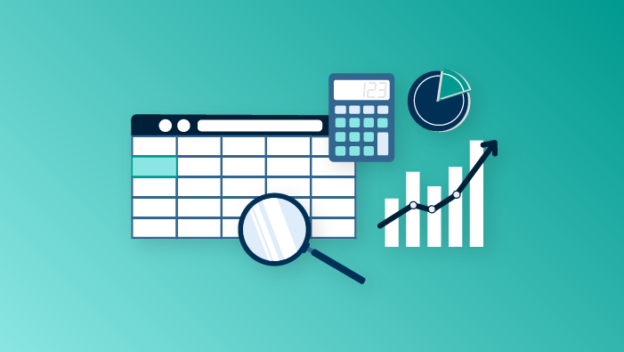Librarians are not only delving into teaching data visualization to their patrons, but also utilizing visualizations to communicate their own research. This webinar serves the dual purpose of role-modeling how to teach data visualization and teaching you how to apply design principles and targeted messaging into your professional activities. You will be introduced to universal design strategies – such as color, font, proximity, and shape; targeted messages for specific audiences; and ethical and accessibility principles.
This course is an approved elective for the Level I Data Services Specialization.
Learning Outcomes
By the end of the webinar, you will:
- Understand the importance of telling the story of data
- Know six design principles to apply to visualizations
- Create targeted messages through visualizations
- Approach data visualizations with ethics and accessibility in mind
Audience
This session is for all levels and areas of librarianship. No prior skills or experience necessary.
Presenter

Shanda Hunt has been the Public Health Library Liaison & Data Curation Specialist at the University of Minnesota (UMN) for the last five years. Her interest in data visualization developed as she became more intimately aware of research dissemination processes and information access, while reflecting on her previous career in public health where researchers recognized that data visualization can enhance public health messaging; however, they felt they lacked the knowledge and skills for this. This compelled her to revisit the skills she began to nurture as an interior design undergraduate student. She attended a number of data visualization workshops, courses, and presentations to build the skills needed to teach data visualization to patrons at the UMN.
Registration Information
- Length: 1.5 hour recorded webinar
- Technical information: After you have registered, go to My Learning in MEDLIB-ED to access the live webinar, resources, evaluation, and certificate.
- Register, participate, and earn 1.5 MLA continuing education (CE) contact hours and 1.5 Illinois CNE contact hours.


